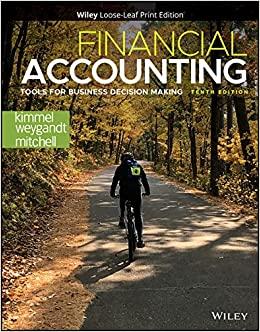Question
1. Direct Labor Variances Bellingham Company produces a product that requires 3 standard direct labor hours per unit at a standard hourly rate of $12.00
1. Direct Labor Variances
Bellingham Company produces a product that requires 3 standard direct labor hours per unit at a standard hourly rate of $12.00 per hour. If 4,600 units used 14,400 hours at an hourly rate of $11.40 per hour, what is the direct labor (a) rate variance, (b) time variance, and (c) cost variance? Enter a favorable variance as a negative number using a minus sign and an unfavorable variance as a positive number.
| a. Direct labor rate variance | $____ | Favorable or Unfavorable |
| b. Direct labor time variance | $____ | Favorable or Unfavorable |
| c. Direct labor cost variance | $____ | Favorable or Unfavorable
|
2. Direct Labor Variances
The following data relate to labor cost for production of 7,000 cellular telephones:
| Actual: | 4,720 hrs. at $15.00 | |
| Standard: | 4,650 hrs. at $15.20 |
a. Determine the direct labor rate variance, direct labor time variance, and total direct labor cost variance. Enter a favorable variance as a negative number using a minus sign and an unfavorable variance as a positive number.
| Rate variance | $____ | Favorable or Unfavorable |
| Time variance | $____ | Favorable or Unfavorable |
| Total direct labor cost variance | $____ | Favorable or Unfavorable |
b. The employees may have been less-experienced or poorly trained, thereby resulting in a (higher or lower)labor rate than planned.
The lower level of experience or training may have resulted in (more or less) efficient performance. Thus, the actual time required was (more or less) than standard.
Step by Step Solution
There are 3 Steps involved in it
Step: 1

Get Instant Access to Expert-Tailored Solutions
See step-by-step solutions with expert insights and AI powered tools for academic success
Step: 2

Step: 3

Ace Your Homework with AI
Get the answers you need in no time with our AI-driven, step-by-step assistance
Get Started


